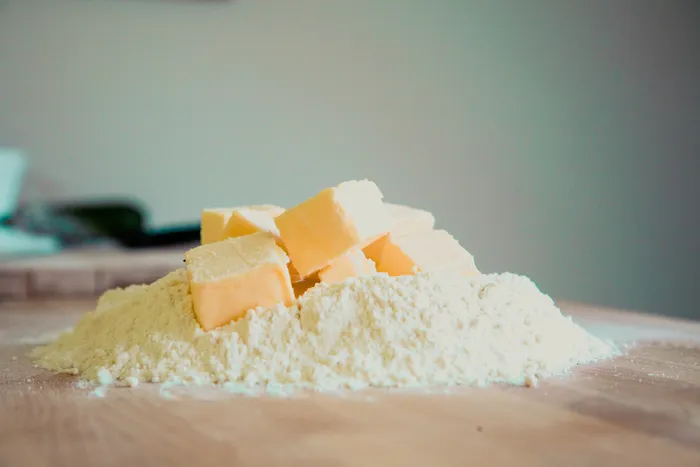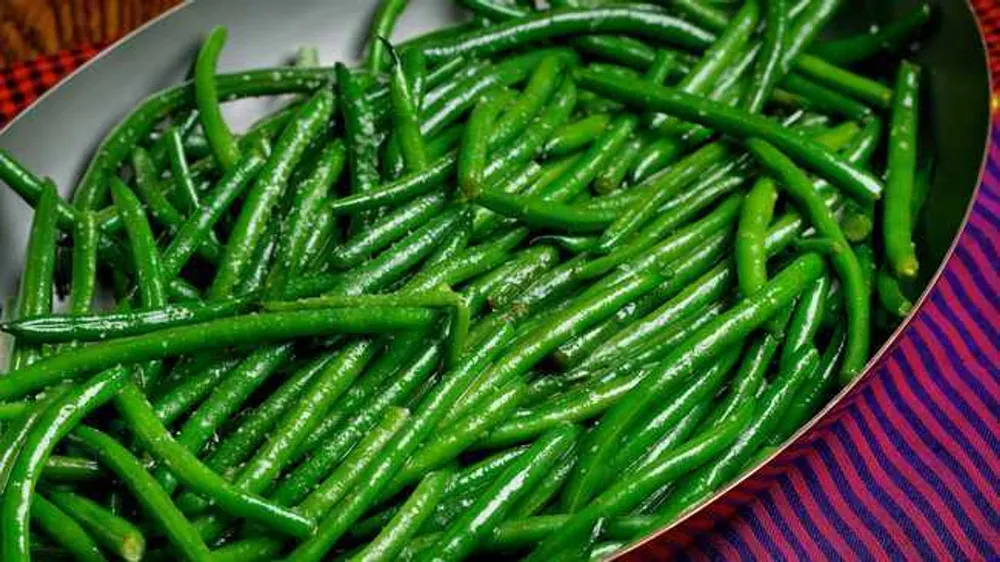What's the difference between salted and unsalted butter?

Butter is a key ingredient in many dishes. Picture: Pexels/Markus Spiske
Butter is a key ingredient in many dishes. It is used in all sorts of recipes, from desserts to savoury dishes.
When using butter, it is important to know the difference between salted and unsalted butter, in order to get your recipes just right.
Many people always have some type of butter in their fridge. There are many uses for both salted and unsalted butter.
However, they can not always be used interchangeably and, according to my research, below is the difference.
What is the difference?
As the names say, the difference between salted and unsalted butter is salt. The salt acts as a preservative, keeping the butter “fresh” about three or four months longer than otherwise. Salted butter is simply butter that contains added salt.
In addition to giving a saltier taste, the salt actually acts as a preservative and prolongs the shelf life of the butter. It is perfect for spreading over crusty bread or melting over home-made pancakes or waffles.
And unsalted butter? It contains no added salt. Think of it like butter in its purest form. As a result, unsalted butter has a shorter shelf life than salted butter (and many cooks will also tell you that it has a fresher taste). In terms of flavour, It has a more pronounced mellow sweetness than salted butter. Salted butter is best used in baking, or in situations where straying from exact ingredient amounts can make or break a recipe.
Here’s how you can use unsalted butter:

Brown butter green beans
Serves: 8
Ingredients
Kosher salt
900g green beans, stem ends trimmed
4 tbs (½ stick) unsalted butter
Method
Bring a large pot of water to a boil, over a high heat. Salt it generously (as though you were cooking pasta).
Add the green beans and cook for about 2 minutes – just until they're bright green and barely tender.
Drain the green beans in a colander, then transfer them to a kitchen towel to dry off a bit (at this point, they can be cooled to room temperature, then refrigerated in a sealed zip-top bag for up to 3 days).
Place the butter in the largest skillet you have and set it over medium heat. Cook the butter until it's foam subsides and the butter just begins to brown and smell like (and look like) a toasted hazelnut – this will take about 4 minutes. Watch closely because the milk solids can burn very quickly.
Add the green beans and cook for about 2 minutes, stirring, until they are warmed through and evenly coated. Taste, and lightly season them with salt.
Transfer to a bowl for the table and serve right away.
TIP: For a twist, add a bag of frozen peas to the green beans, right at the end of their cooking or blanching time; top with toasted nuts (chopped or sliced almonds work well) and or add herbs or spices to the butter while it's browning (fresh sage or thyme leaves, mustard seed or cumin seed are all great options).
The cooked or blanched beans can be refrigerated up to 3 days in advance.
Recipe from The Washington Post.